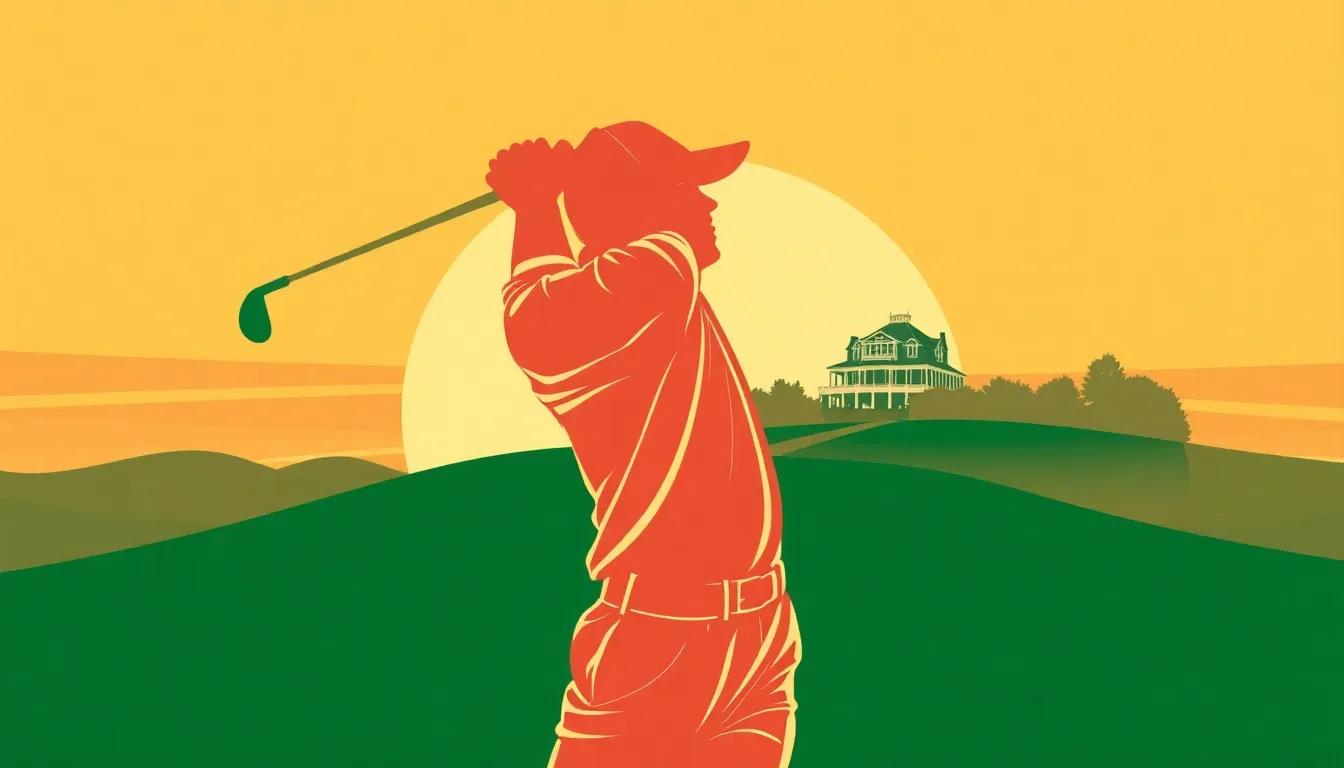U.S. Open FAQ: Everything You Need to Know
How old is the U.S. Open?
The U.S. Open is 130 years old, first played in 1895.
How many times has the U.S. Open been played?
This year marks the 125th U.S. Open. The championship wasn’t played during World War I (1917-18) or World War II (1942-45).
Who started the U.S. Open?
The United States Golf Association (USGA) created the championship. The USGA was formed in 1894 by five prominent golf clubs to serve as the game’s national governing body.
Is the U.S. Open the oldest national championship in the world?
No. The Open Championship (often called The Open) dates back to 1860.
Where was the first U.S. Open played?
The inaugural championship was held on a nine-hole course at Newport Country Club in Rhode Island.
Who was the first U.S. Open winner?
Horace Rawlins, a 21-year-old Englishman, shot 173 for 36 holes to beat Scotsman Willie Dunn by two strokes.
Who is the most recent U.S. Open winner?
Bryson DeChambeau. He earned his second U.S. Open title (his first came in 2020) by getting up and down from a greenside bunker to save par and finish one shot ahead of Rory McIlroy at Pinehurst No. 2.
Who has won the most U.S. Opens?
Four players have claimed the trophy four times each: Willie Anderson (Scotland), Bobby Jones, Ben Hogan, and Jack Nicklaus. Some Hogan supporters argue he should be credited with five wins, counting the 1942 Hale America Open—a U.S. Open substitute held in the same time slot with identical qualifying procedures.
How many times has a player won consecutive U.S. Opens?
Seven players have gone back-to-back, with one winning three straight:
- Willie Anderson (1903-05, the only three-peat)
- John McDermott (1911-12)
- Bobby Jones (1929-30)
- Ralph Guldahl (1937-38)
- Ben Hogan (1950-51)
- Curtis Strange (1988-89)
- Brooks Koepka (2018-19)
Who are the most noteworthy players who have NOT won a U.S. Open?
Sam Snead tops this list—his failure to win a U.S. Open cost him the career Grand Slam. Snead finished second four times (1937, 1947, 1949, 1953). His most painful loss came in 1939 when he made triple bogey on the final hole needing only par to win. Without on-course scoreboards, Snead didn’t know he just needed par; a spectator wrongly told him he needed birdie.
Phil Mickelson also belongs in this category with a record six runner-up finishes (1999, 2002, 2004, 2006, 2009, 2013). Like Snead, a U.S. Open win would give Mickelson the career Grand Slam.
Where is this year’s U.S. Open?
Oakmont Country Club in Pennsylvania hosts for a record 10th time. Dustin Johnson won when it was last held there in 2016. Other Oakmont champions include Angel Cabrera (2007), Ernie Els (1994), Larry Nelson (1983), Johnny Miller (1973), Jack Nicklaus (1962), Ben Hogan (1953), Sam Parks, Jr. (1935) and Tommy Armour (1927).
Which U.S. Opens have been the most memorable?
It’s subjective, but here’s a top 10 countdown:
-
- 1973: Johnny Miller shoots a record 63 in the final round to win
-
- 1982: Tom Watson chips in from deep rough on the 71st hole to win at Pebble Beach
-
- 2008: Tiger Woods edges Rocco Mediate on a broken leg after an 18-hole playoff and sudden-death hole
-
- 1930: Bobby Jones wins the third leg of a Grand Slam he would soon complete
-
- 2000: Woods destroys the field by a record 15 shots at Pebble Beach
-
- 1950: Less than 18 months after a near-fatal car accident, Ben Hogan wins at Merion
-
- 1966: Arnold Palmer blows a seven-shot lead to Billy Casper and loses in a playoff
-
- 1913: Francis Ouimet stuns the golf world
-
- 1962: Rookie Jack Nicklaus beats Arnold Palmer in front of Arnie’s home crowd at Oakmont
-
- 1960: Palmer charges from seven shots back with a final-round 65 to win his only U.S. Open
How do you get to play in a U.S. Open?
Anyone with a Handicap Index not exceeding 0.4 can try to qualify through 18-hole local and 36-hole final qualifying. Many players are exempt from qualifying based on these 2025 categories:
- Winners of the U.S. Open from the last 10 years
- Top 10 finishers from the previous year’s U.S. Open
- Winner of the current U.S. Senior Open
- Winner of the current U.S. Amateur
- Winners of the current U.S. Junior Amateur and U.S. Mid-Amateur, plus the U.S. Amateur runner-up
- Recent winners of other majors (Masters 2020-25, PGA 2021-25, Open Championship 2021-24)
- Winners of The Players Championship (2023-25)
- Winner of the 2024 DP World Tour BMW PGA Championship
- Players who qualified for the 2024 Tour Championship
- Multiple PGA Tour winners between the 2024 and 2025 U.S. Opens
- Top 5 in the 2025 FedExCup standings as of May 19, 2025
- Korn Ferry Tour season points leader
- Top European Tour players
- Winners of prestigious amateur events
- Top 60 in the Official World Golf Ranking (two cutoff dates)
- 2024 Olympic gold medalist
- Top LIV Golf player not otherwise exempt
- Special exemptions granted by the USGA
Who is the oldest player to win the U.S. Open?
Hale Irwin was 45 years and 15 days old when he won in 1990.
Who was the youngest U.S. Open winner?
John McDermott was 19 years, 315 days old when he won in 1911.
Who was the youngest U.S. Open player?
Andy Zhang, a 14-year-old amateur from China, qualified in 2012.
Who had the largest U.S. Open victory margin?
Tiger Woods won by 15 strokes in 2000, which remains the record for any major.
Who holds the 72-hole U.S. Open scoring record?
Rory McIlroy shot 268 (16 under par) at Congressional in 2011. Brooks Koepka also finished 16 under (272) at Erin Hills in 2017.
Who holds the 18-hole U.S. Open scoring record?
Johnny Miller’s famous final-round 63 at Oakmont in 1973 stood as the record for decades. In 2023, both Rickie Fowler and Xander Schauffele shot 62s in the opening round at LACC to establish a new mark.
What does a player get for winning the U.S. Open?
Last year’s champion received $4.3 million from a $21.5 million purse. The winner also gets:
- Five-year exemptions into the other three majors and The Players
- Ten-year exemption into the U.S. Open
- Five-year PGA Tour membership (if already a member)
What happens if the U.S. Open is tied after 72 holes?
The championship now uses a two-hole aggregate playoff, followed by sudden death if needed. This replaced the previous 18-hole Monday playoff format.





